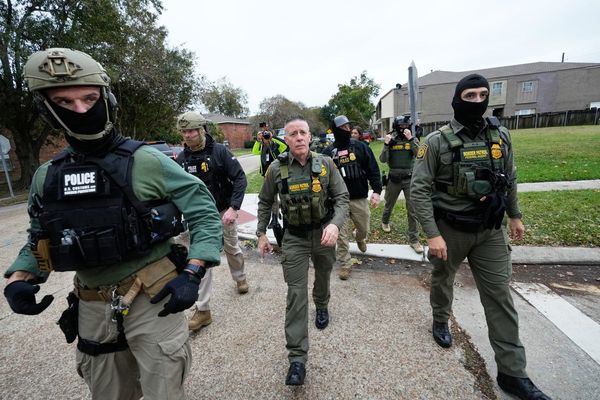
NSW residents can now access unprecedented insights on the true extent of housing supply, rental stress and homelessness in their communities.
An interactive dashboard compiled by Homelessness NSW pulls together government and academic data to illustrate homelessness and its drivers in each council area.
The tool reveals more than 300 children and teens are without a permanent residence in several western Sydney areas while the most visible form of homelessness, rough sleeping, is increasing across the state for all ages.
The dashboard also reveals in increase in demand for help due to domestic violence, and social housing stock at very low levels in northern Sydney.
"This is the first time these available data sources have been brought together to show the drivers and experiences of homelessness at the local level," Homelessness NSW chief executive Trina Jones said.
"We have the data and solutions. Now, we need to act together across all levels of government, community and business to ensure everyone has a safe home and the support they need."
Monthly CoreLogic data embedded in the tool shows rental stress, a driver of homelessness, is affecting more than one in three renter households in NSW.
The key indicator, where more than 30 per cent of a household's income goes to rent, is highest in Fairfield followed by Byron and several parts of the Northern Rivers and Mid North Coast.
Meanwhile, youth homelessness appears on the rise with specialist homelessness agencies servicing 9400 children and teenagers in March.
Homelessness NSW says the solution lies in properly funding homelessness services and urgently building more social housing.
The group is calling on the government to set a target of lifting the proportion of social homes to 10 per cent, up from 4.6 per cent.
"This will not only transform lives but also stop rents soaring and take pressure off our hospitals, police and other community services," Ms Jones said.
NSW Housing Minister Rose Jackson said the data illustrates a harsh reality for not only youth but thousands of people across NSW.
"This data is really heartbreaking and paints a clear picture of the impact of the housing crisis on homelessness," she told AAP.
"The face of homelessness is changing as we see an increase of young people not just struggling to get in the housing market but finding themselves in a position of being homeless.
"It's not OK, and it needs to change."
She said all options were being explored to build on recent changes to boost affordable housing stock and reduce strains on people experiencing homelessness.
"Our government is committed to addressing the housing crisis from every direction," Ms Jackson said.
Labor has promised to dedicate at least 30 per cent of government housing projects to social and affordable dwellings while large residential housing developments can access faster planning approvals if they meet half that threshold.
The government also no longer demands to see rent-seeking proof from those in temporary accommodation, a policy Ms Jackson's office condemned as "unfair and cruel".







